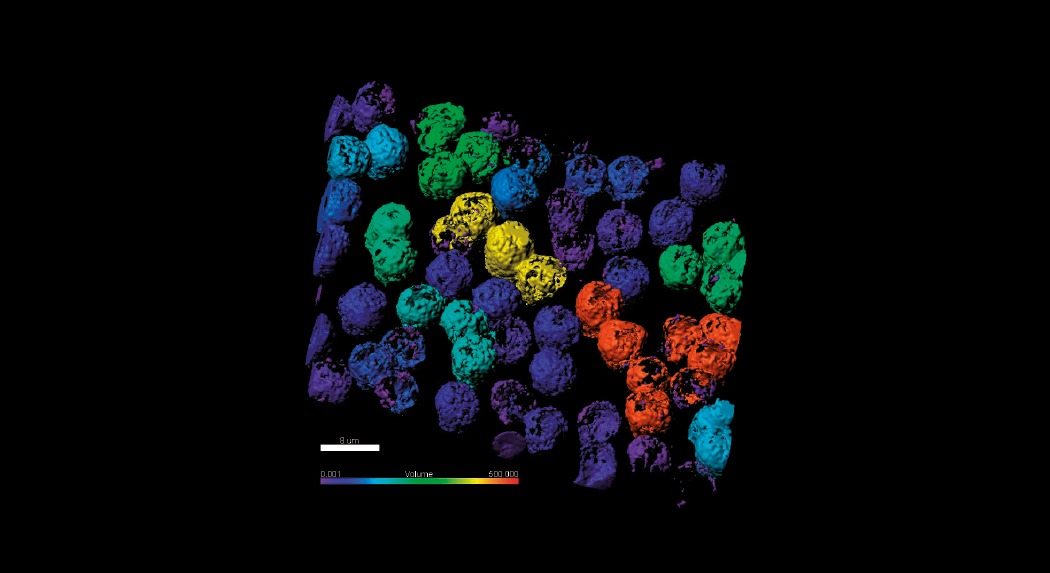TRIMA: the most comprehensive Spanish nanoscopy platform

On 23 April 2019, the then Ministry of Science, Innovation and Universities and CNIC, the Spanish National Centre for Cardiovascular Research, signed an agreement to expand the capacity of the TRIMA node of ReDIB, the medical images distribution network. On the point of completion, the update includes an increase in the capacity and super-resolution imaging services that the node offers.
ReDIB is a Unique Science and Technology Infrastructure (ICTS) for distribution comprised of CNIC’s TRIMA (advanced translational imaging infrastructure), the CIC-biomaGUNE’s functional and molecular imaging platform, the La Fe University Hospital’s Foundation for Research imaging platform and the Complutense University’s bio-imaging Unit. This ICTS forms part of the current ICTS Map, approved by the Science, Technology and Research Policy Council (CPTI) on 6 November 2018.
Within the ReDIB Preclinical Imaging Section, the TRIMA node provides the Nanoscopy platform with set of equipment for the typification of biomolecules at an early stage and the ultrastructural analysis of subcellular organelles using multicolour fluorescent markers. An investment plan was drawn up aimed at increasing the flexibility of this platform to update existing resolution capacities for super-resolution imaging. With this objective in mind, the current project increases the Nanoscopy Platform’s flexibility and capacity, adapting it for ultra-rapid, multi-colour, in-vivo image capture.
The TRIMA node provides the Nanoscopy platform with set of equipment for the typification of biomolecules at an early stage and the ultrastructural analysis of subcellular organelles using multicolour fluorescent markers
The initial total budget for the project is €640,000, 50% of which will be co-funded by the European Regional Development Fund (FEDER) under the Pluri-Regional Operational Programme for Spain 2014‐2020, assigned to the Ministry of Science and Innovation’s General Secretariat for Research, with the objective of funding projects and actions related with infrastructure included in the current ICTS Map. CNIC will contribute the other 50% of funding.
This operation is the most comprehensive Spanish nanoscopy platform, a unique facility that offers the most advanced technologies in the field of resolution imaging for biomedicine and life sciences, and will be accessible to a large number of academic and industrial professionals, in addition to students and researchers. All of which will increase the scientific and technological competitiveness of this ICTS, expanding its flexibility and potential uses, as well as providing pioneering imaging capacities for complex in-vivo studies.

















